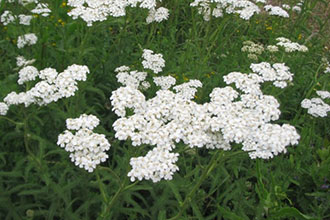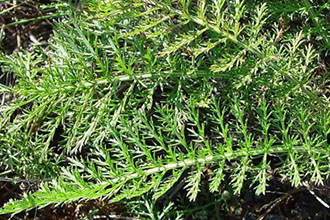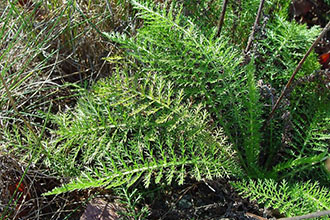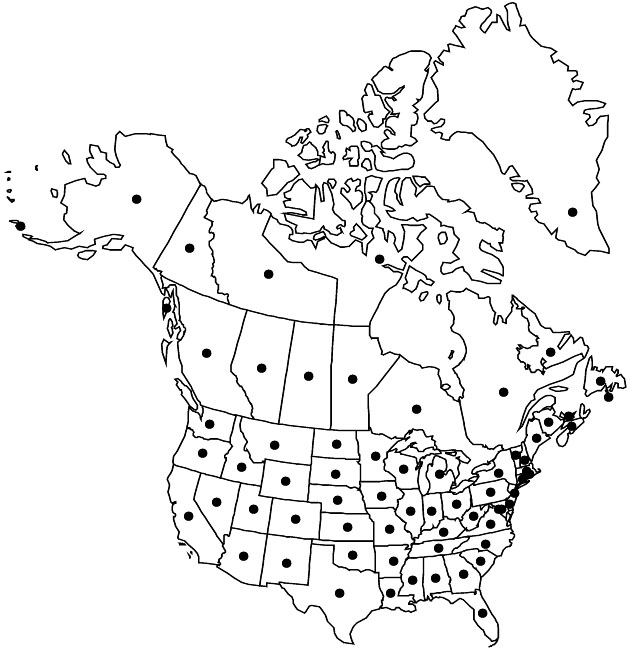USFS Plant Database
Western yarrow is a pioneer species everywhere it is found. It is an invader species on disturbed rangeland sites. Western yarrow also appears to be tolerant of competition but not tolerant of excessive shade. It is usually present in the earliest stages of vegetation development and persists throughout succession. It dominates on overgrazed high summer ranges, where the undisturbed climax vegetation would be made up of wheatgrasses (Triticeae).
Native Americans used tea made from western yarrow to relieve ear-, tooth-, and headaches; as an eyewash; to reduce swelling; and as a tonic or stimulant. Western yarrow varies in taste and in potency depending on where it grows and at what stage of growth it is in. The best time to collect yarrow for tea is right before the flowers are produced, using only the new succulent leaves. During the Civil War, western yarrow was widely used to treat wounds and became known as "soldiers' woundwort." An ethanol extract of western yarrow has mosquito- repelling properties.
The scientific name of western yarrow is Achillea millefolium L. (Asteraceae). There are both native and introduced phases of western yarrow in North America. Introduced and native phases differ primarily in chromosome number and are difficult to distinguish morphologically. Native and introduced phases hybridize. The intricate pattern of morphologic, geographic, and ecologic variation within the species has frustrated all efforts to organize an intraspecific taxonomy on a circumboreal or even a strictly North American basis.
Western yarrow varies greatly in forage value, depending on locality and seasonal development. It is generally unpalatable, although domestic livestock and wildlife occasionally consume the flowers. Cattle and horses usually do not graze western yarrow, but bighorn sheep, pronghorn, and deer may use it.
Western yarrow contains volatile oils, alkaloids, and glycosides but is not generally considered a toxic plant because it is so seldom consumed by livestock. Milk from cows consuming western yarrow has a "disagreeable" flavor. (Plant Database)



